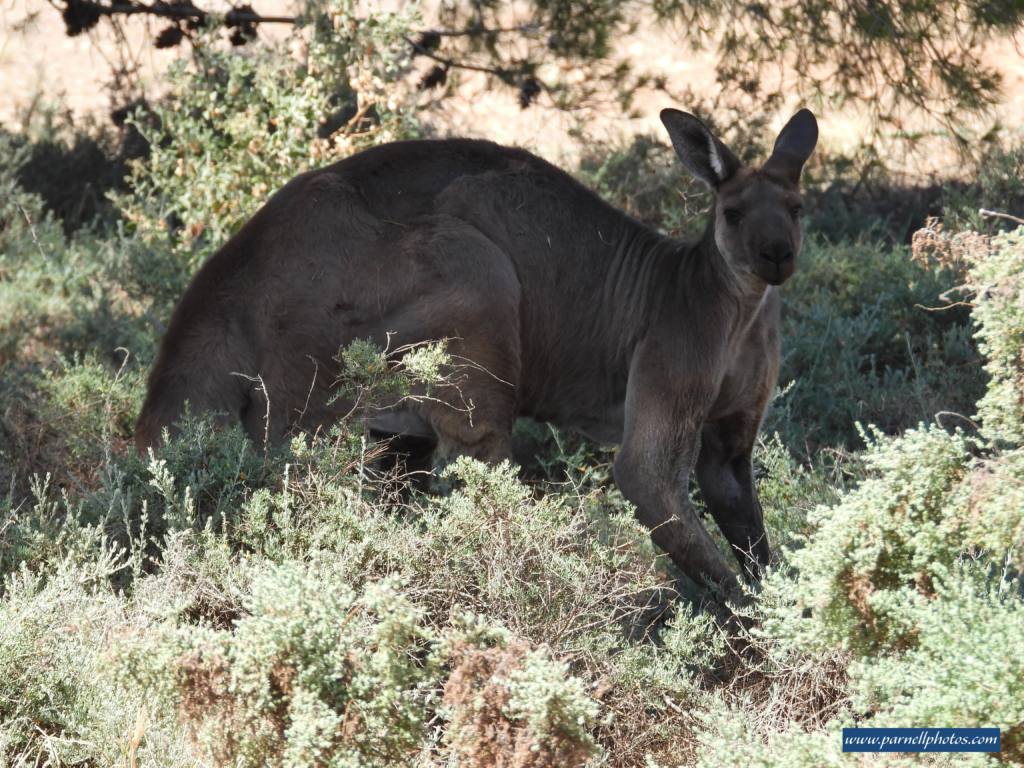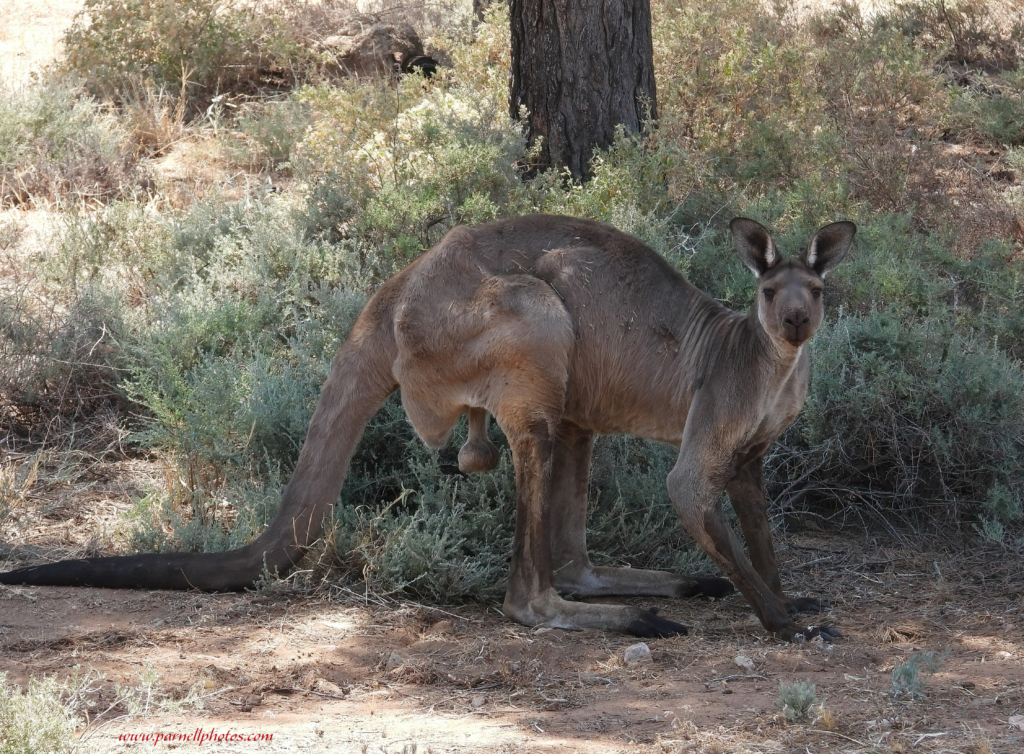When the South Australian Department for Environment and Water counts Western Grey Kangaroos, they use a correction factor of 4.80 or 4.95 to ‘correct’ the number of kangaroos actually seen by trained observers. In other words, two observers count Western Grey Kangaroos from an aircraft. The assumption is made that these observers have an 80% error rate. When the observers see one Western Grey Kangaroo, the same observers can’t see the other 4 kangaroos in the same area. Sounds crazy, right?
So, one Western Grey Kangaroo is actually seen by a trained observer sitting in an aircraft. The Department for Environment and Water multiplies that one kangaroo by 4.80 or 4.95 depending on the vegetation and suddenly the one kangaroo becomes 5 kangaroos (rounding upwards). To the Department, the number of kangaroos is now 5, not one. There were 5 Western Grey Kangaroos, according to the Department, and the trained observer only saw one. So, 5 kangaroos are recorded for the purposes of creating a population estimate.

How do correction factors stack up in the real world? About as good as a mermaid trying to live in a desert. Yep, correction factors and mermaids are both fictional devices.
Here’s the reality. A friend has a property in the north of South Australia. During a hot, dry summer, where rainfall is the lowest on record, he sees 2 Western Grey Kangaroos on his property. The kangaroos seek shelter from his trees, grass from around his home and water from a permanent water trough. My friend lives on a small land holding between farms. The adjacent land has been cleared of trees so farmers can grow crops. Hence, why the Western Grey Kangaroos seek shade on my friend’s property. We walked around the property and counted 2 Western Grey Kangaroos. We used binoculars to scan the cleared farmland and saw no other kangaroos. The total number of Western Grey Kangaroos in this area was 2. If the Department for Environment and Water flew over my friend’s property, and an observer recorded seeing 2 kangaroos, the Department would use correction factors to change 2 kangaroos to 10 kangaroos – 8 of which are imaginary. For the purposes of creating a population estimate, the 2 Western Grey Kangaroos on my friend’s property have been converted to 10 by the Department. Now, my friend and I can assure you that there were only 2 Western Grey Kangaroos in the area. There weren’t any more. But the Department would use 10 in developing their population estimates.
Therefore, population estimates for Western Grey Kangaroos could be overestimated by 5 times. When the Department says that the population estimate for Western Grey Kangaroos is 1,250,137, this figure could be 5 times greater than the actual number of real Western Grey Kangaroos in the environment. The real number could be closer to 250,027, which means a commercial kill quota of 182,900 is UNSUSTAINABLE. The actual commercial harvest of Western Grey Kangaroos in 2023 was 28,006. A commercial harvest of 28,006 doesn’t suggest a population of 1.2 million. A commercial harvest of 28,006 suggests a population of 250,000.

The use of correction factors assumes that every time an observer sees one Western Grey Kangaroo, there are 4 kangaroos unseen by the observer and therefore 5 kangaroos should be used in calculating the population estimate – even though only one was actually seen and the other 4 are imaginary. If observers only see one kangaroo and fail to see the other 4, then this scientific method has an error rate of 80%. In normal circumstances a scientific method with an 80% error rate would be rejected as too unreliable.
In South Australia, a scientific method with an 80% error rate is used to develop population estimates, which are then used to determine how many Western Grey Kangaroos can be killed by the commercial industry. The commercial quota would also have a high error rate, seeing as the quota is based on a scientific method with an error rate of 80%. Kangaroos are killed based on a flawed scientific method. No one knows if the annual harvest is sustainable. History says that the annual harvest is unsustainable. The annual harvest has declined from 75,794 in 1997 to 28,006 in 2023. To obtain the harvest of 28,006, the area in which Western Grey Kangaroos are harvested had to be expanded to cover the entire state. Without the new harvest areas, the 2023 annual harvest was 19,498 – a decline of 75% since the mid-1990’s. The declining harvest suggests a declining number of kangaroos. Correction factors hide the decline and 80% of all Western Grey Kangaroos are fictional – that is, never seen or counted by observers. 80% of every population estimate is based on correction factors and not REAL kangaroos.
We need to know how many REAL kangaroos are in South Australia before we can claim that the commercial industry is sustainable and, right now, 80% of the results from aerial surveys are fictional kangaroos not seen but created by correction factors. It’s insane to use a scientific method with an 80% error rate. It’s insane to keep killing kangaroos, to keep expanding the area in which kangaroos can be killed, to maintain that the industry is sustainable – yet the harvest has declined by 75%. Wake up, South Australia, and stop hunting kangaroos to extinction.
